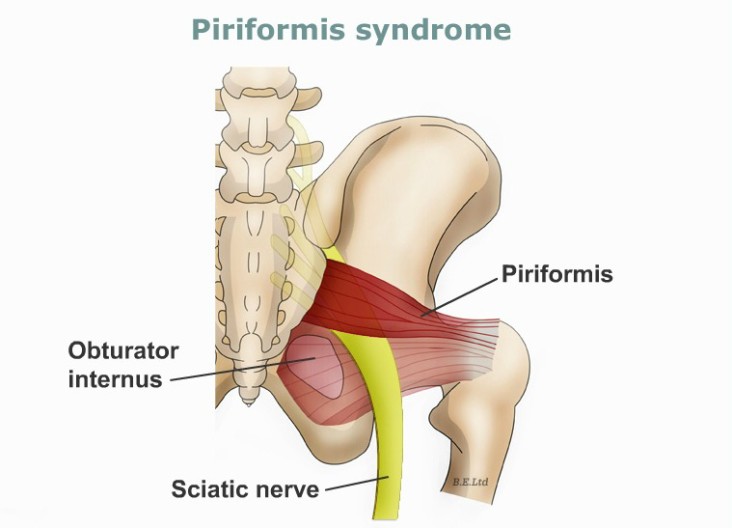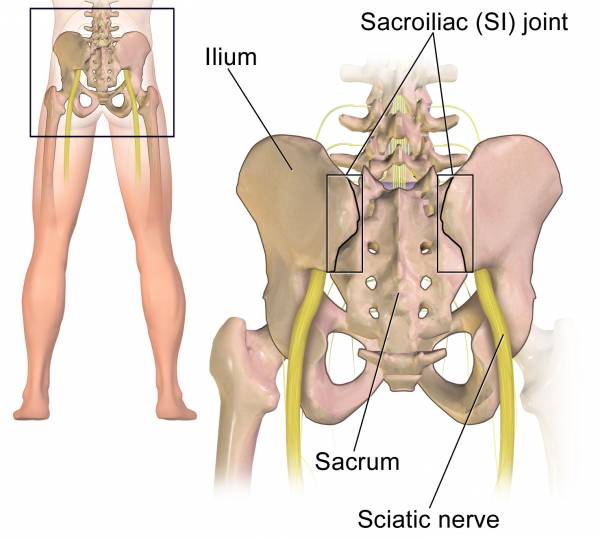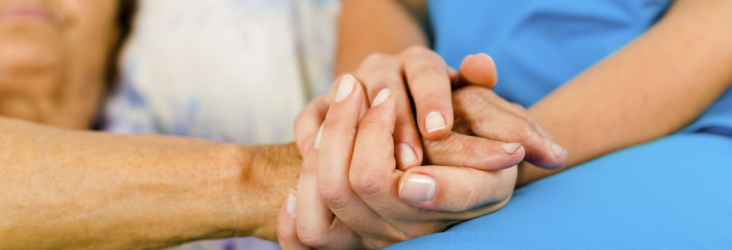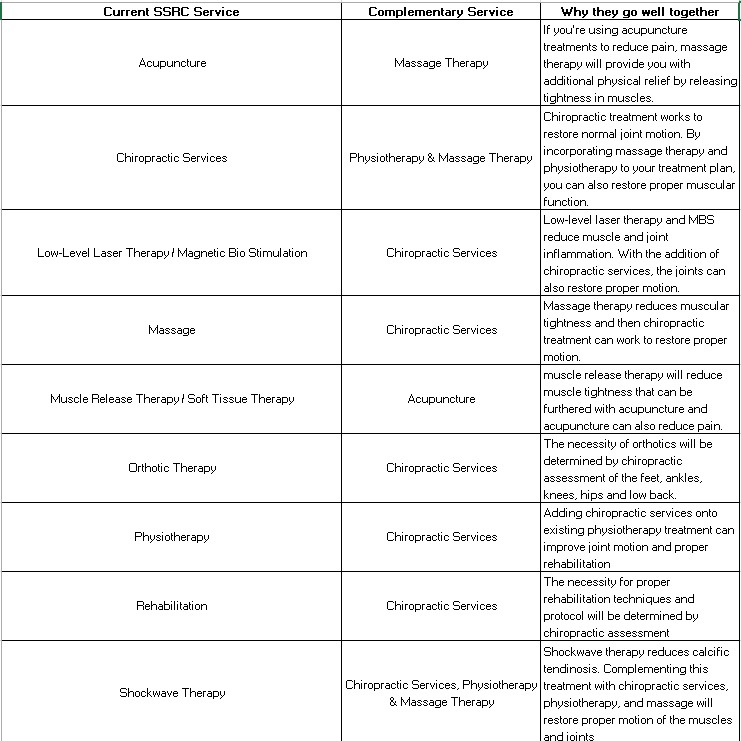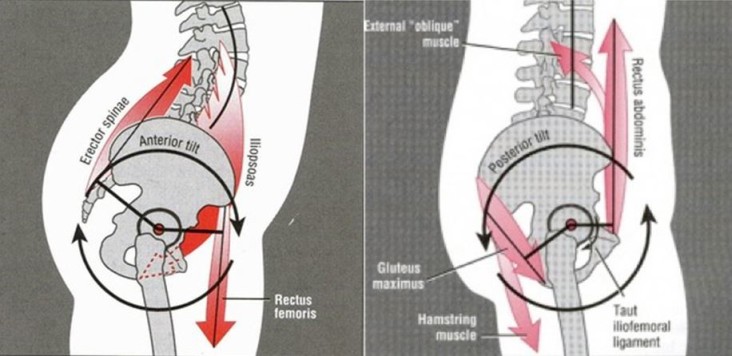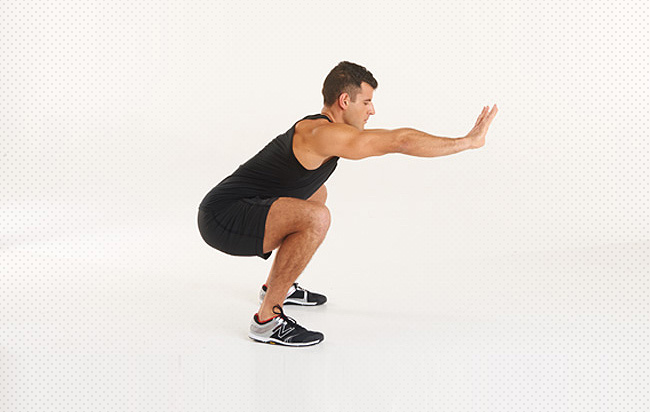If you’re suffering from pain getting in and out of the car, when you’re rolling over in bed, getting out of a chair or feel a discomfort in the buttocks or back of the leg, chances are you’re a candidate for suffering from sacroiliac dysfunction.
The Sacroiliac (SI) joint is formed by the last part of the spine L5 vertebrae, Sacrum and the Ilium. The joint consists of a narrow, cartilage-filled space between the sacrum and ilium, which are attached by strong ligaments. There is not much motion in the SI joint (4 degrees of rotational movement is normal) however, it is a major weight bearing joint and therefore is prone to dysfunction and pain.
The exact cause of SI joint dysfunction is not clear. However, it is thought that with a change in normal joint function may be the cause of sacroiliac pain. The source of pain can be caused by either:
Hypermobility (too much movement): The pain is usually felt in the low back and/or hip and may refer into the groin area
Hypomobility (too little movement): The pain is typically felt on one side of the low back or buttocks and can refer down the leg. The pain usually remains above the knee but sometimes can extend to the ankle or foot. The pain is similar to sciatica or pain that radiates down he sciatic nerve.
If you have SIJ pain, or you you have SIJ pain, the best thing is to give us a visit here at the clinic so we can diagnose you, determine exactly where your pain is coming from, and develop a treatment plan to fix it.
In the meantime, to promote proper joint function and prevent pain, work on perfecting your posture stability of both the hip and the core, with an emphasis on hip mobility.
Contributed by clinic Registered Massage Therapist Bram van Bommel.


